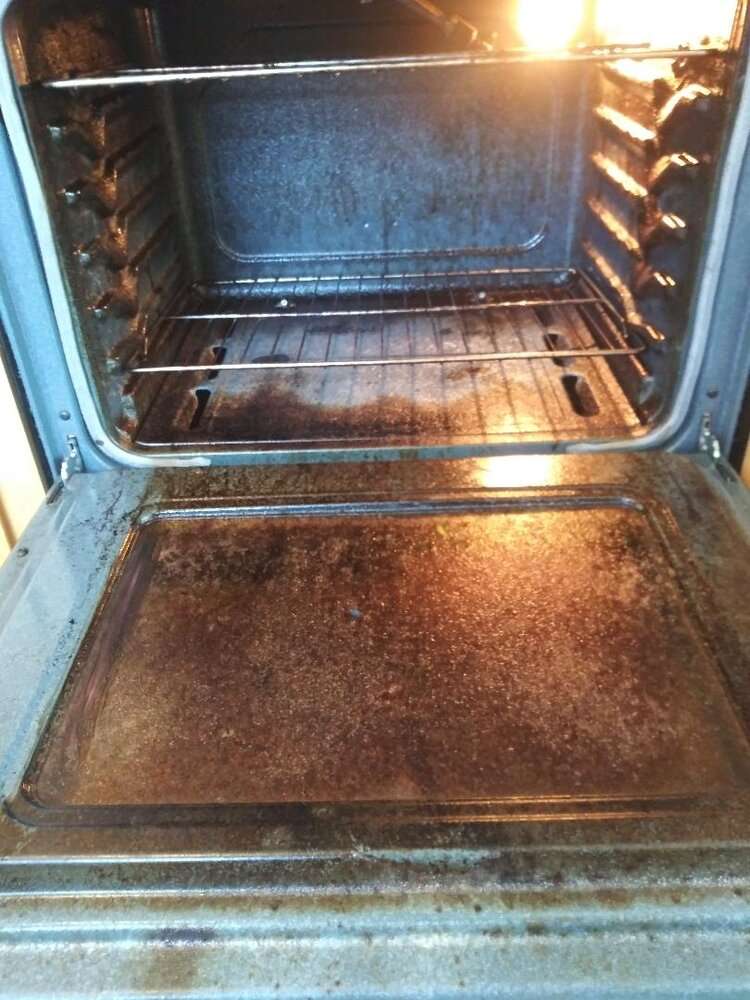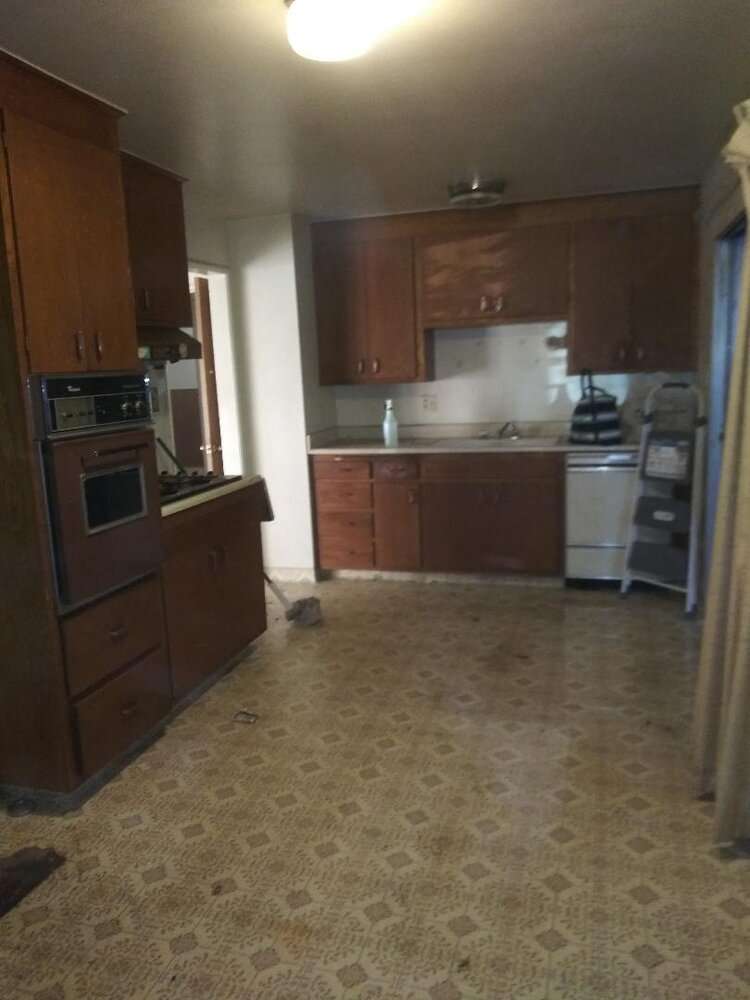Hoarder Clean-Up: How Specialty Cleaning Can Restore Your Space
Hoarder Clean-Up: How Specialty Cleaning Can Restore Your Space
Blog Article
Hoarding is not just about having too many things; it is a disorder that affects millions of people and is often linked to anxiety, depression, or trauma. Over time, hoarded homes can become unsafe, making everyday tasks difficult or even impossible. If you or a loved one is struggling with hoarding, specialty cleaning services can help restore the space to a safe, functional, and welcoming environment. This article will guide you through the hoarder cleanup process and explain why professional intervention is often the best solution.
1. Recognizing the Need for Hoarder Clean-Up
Not all cluttered spaces require specialty cleaning, but certain signs indicate it’s time to seek professional help:
- Rooms that are cluttered with too many items, leaving little or no space to move
- Difficulty in accessing exits, windows, or other essential areas of the house
- Foul smells due to rotting food, waste, or pests
- Respiratory issues caused by dust, mold, or bacteria
- Structural damage or fire hazards from too much clutter
Failure to address these warning signs can lead to hazardous living conditions necessitating an immediate clean-up.
them into drastic changes.
2. The Psychological Impact of Hoarding
Hoarding is often associated with deep emotional distress. People may find it hard to get rid of items due to:
- Fear of losing something valuable
- Sentimental attachment to objects
- Anxiety over decision-making
- Feeling overwhelmed by the cleaning process
This is why professional hoarder clean-up teams take a compassionate, non-judgmental approach, helping individuals ease into the process rather than forcing
3. Health and Safety Risks of Hoarded Spaces
A hoarded home can pose several serious risks:
- Fire Hazards: Stacks of newspapers, boxes, and other flammable materials can quickly ignite, making hoarded homes highly vulnerable to fires.
- Mold and Bacteria Growth: Decaying food, excess moisture, and hidden leaks can lead to mold, bacteria, and air quality issues, increasing the risk of respiratory infections.
- Pest Infestations: Hoarded homes often attract rats, cockroaches, and other pests that carry diseases and contribute to further property damage.
4. Why Hoarder Cleaning Requires Specialist Cleaning
Unlike typical cleaning, hoarder cleanup involves specialized equipment, training, and an understanding of potential biohazards. Professional cleaners:
- Wear protective gear to handle mold, dust, and biohazards
- Use industrial-strength cleaning solutions to sanitize deeply affected areas
- Remove and dispose of waste following environmental regulations
5. Steps Involved in Hoarder Clean-Up
A structured clean-up plan makes the process manageable.
- Initial Assessment: Evaluating the severity of the hoarding and formulating a strategy
- Sorting and Categorizing: Separating items into “keep,” “donate,” and “dispose of” piles
- Deep Cleaning: Sanitizing surfaces, eliminating odors, and addressing biohazards
- Restoration: Making necessary repairs and returning the home to a livable condition
6. A Compassionate and Non-Judgmental Cleaning Approach
Hosting is sensitive, and professional cleaners prioritize respect and discretion. They:
- Work at the hoarder’s pace to reduce anxiety
- Avoid forcing immediate disposal of sentimental items
- Offer emotional support throughout the process
This ensures a safe experience and lasting change.


